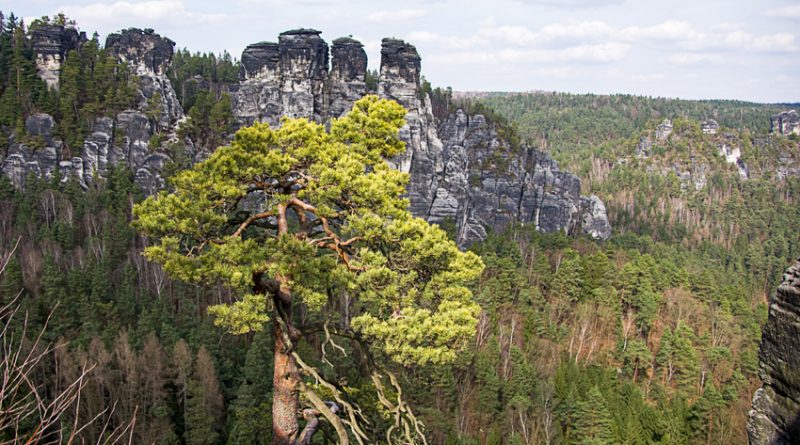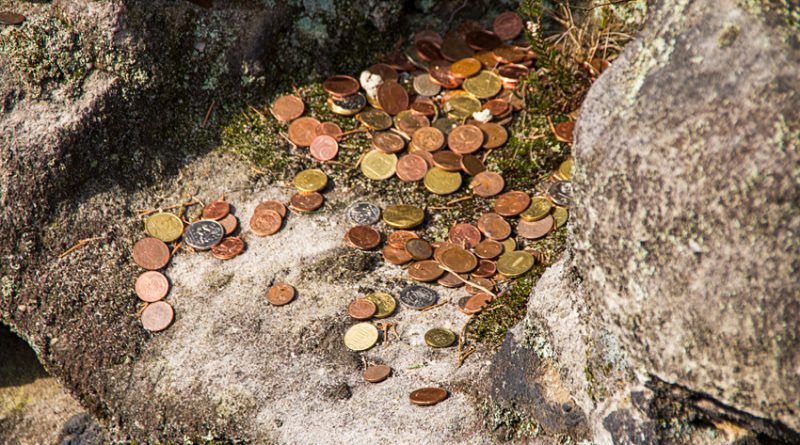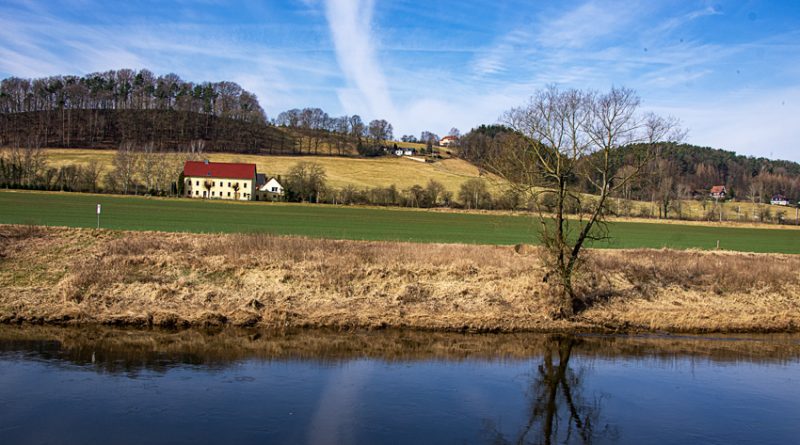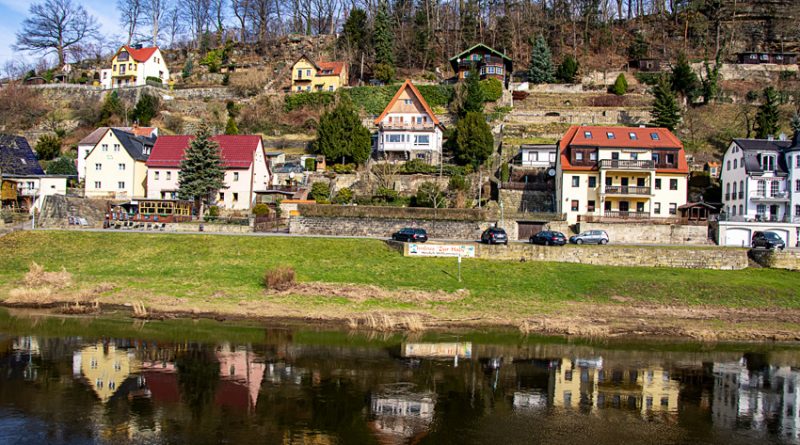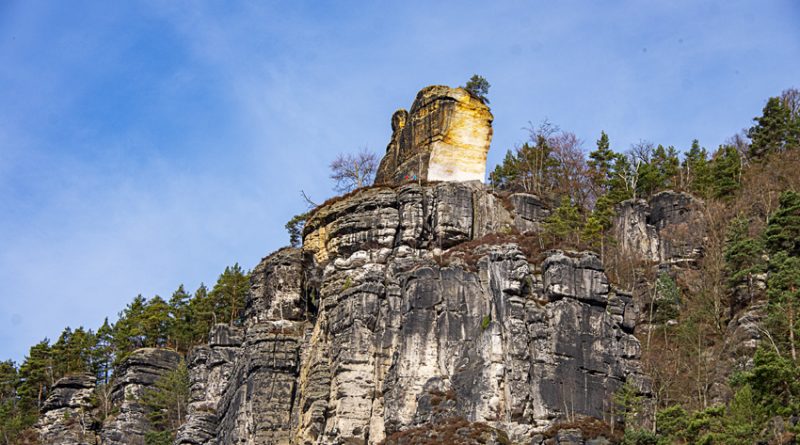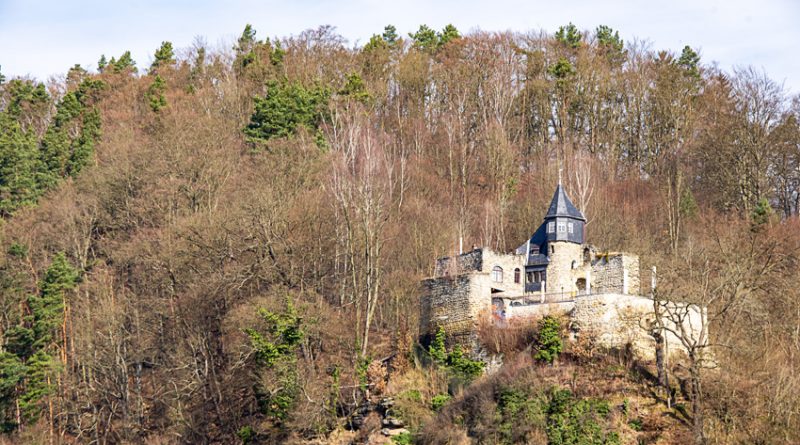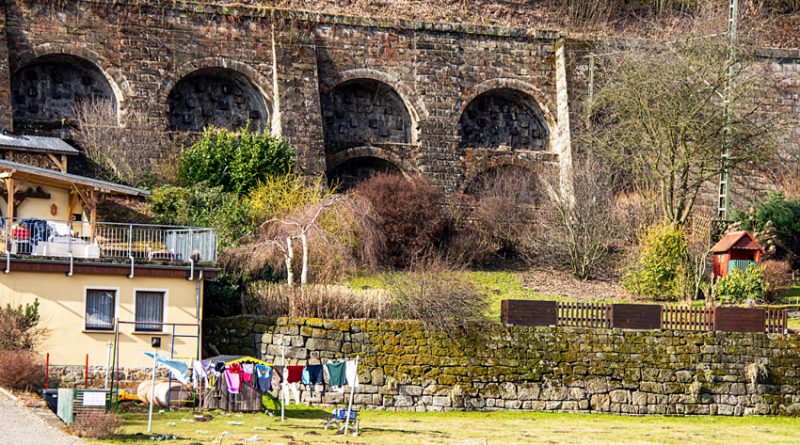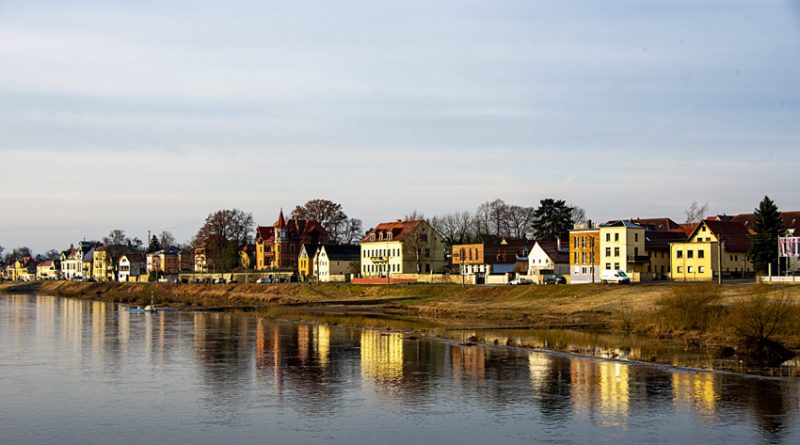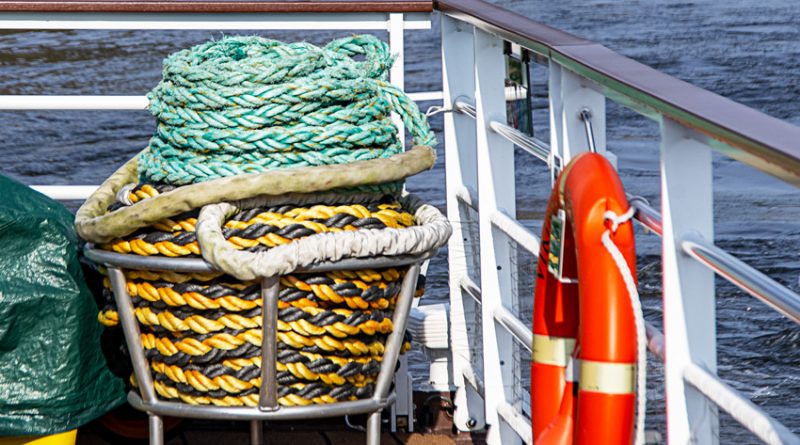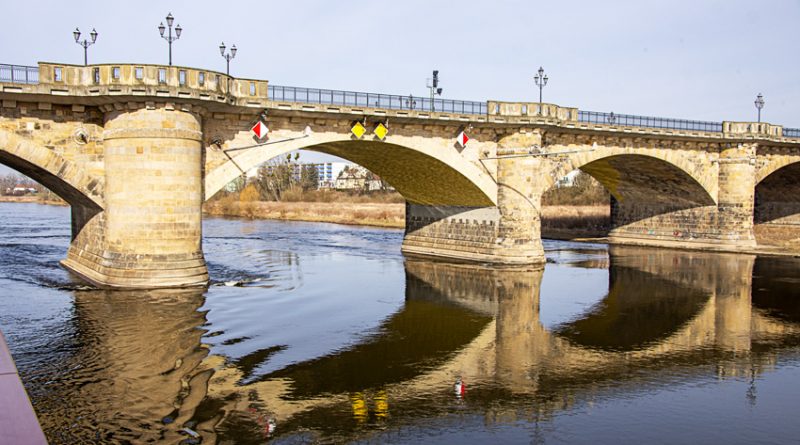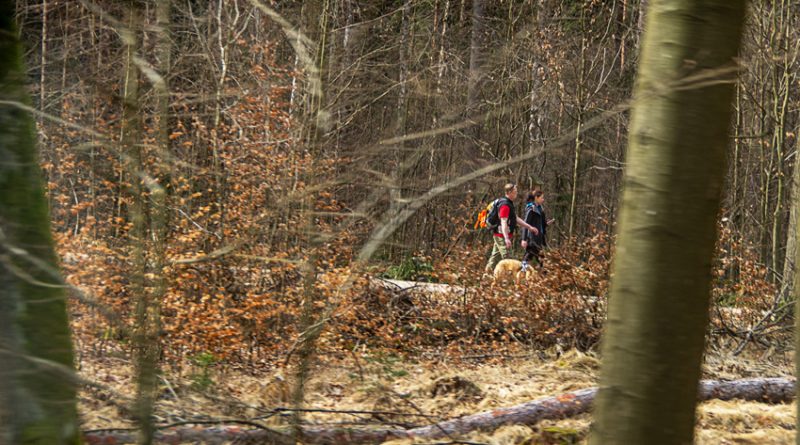No. 49. A Return to Saxony
I decided to take a break from posting photographs from our recent travels in China, and instead revisit photos from our river cruise on the Elbe River aboard the Viking Beyla river cruise ship in Germany through Saxony during the 2018 Easter season. In some respects, this was a chance decision. I was looking back through my files trying to track down photographs of local Pennsylvania landscapes as part of developing a proposal to decorate corporate offices when I happened upon these nearly-forgotten scenes.
The particular leg of the Elbe River captured in this set of images features an overwhelming number of majestic and scenic moments. In the aftermath of the trip, I only had an opportunity to develop a small number of captures from that trip. I always intended to get back to the project, but other projects intervened.
On this leg of the trip, the small cruise ship took us through an area called Saxon Switzerland. I couldn’t pass up the chance to stand on the upper deck to capture pictures of the colorful houses, farms, hillside vineyards, castles, battlements, riverboats, bridges, and the magnificent sandstone formations.
With a history as interesting and fraught as the geology, Saxony has a long record as a duchy, an electorate of the Holy Roman Empire (the Electorate of Saxony over which Martin Luther officiated), and finally as a kingdom (the Kingdom of Saxony). In 1918, after Germany’s defeat in World War I, its monarchy was overthrown and a republic was established with the current name. The state was broken up into smaller units during the Cold War division of Germany and was re-established with the reunification of Germany in 1990.
In prehistoric times, the territory of Saxony was the site of some of the largest monumental temples of ancient central Europe dating back over 2,500 years. The Slavic and Germanic presence in the territory of today’s Saxony is thought to have begun in the first century BCE. Castles and other fortifications were constructed on high ground overlooking the Elbe River valley to defend against invaders from Prussia, Poland, and neighboring Slavic areas.
What gives the area its impressive beauty is the intensively fissured and rocky canyon landscape serving as the basis for the name Saxon Switzerland. The highest peak of the Saxon Switzerland National Park is at 556 meters (1,814 feet) above sea level rising high above the river. It offers several different habitats and microclimates due to its strong vertical division. The National Park still hosts some wild forest, which is unusual in central Europe. The special forms of mountain forest and gorge forest are endangered in Europe generally. Because of the coarse sandy soil and fissures, many places in this area are drier than normal in temperate climates.

